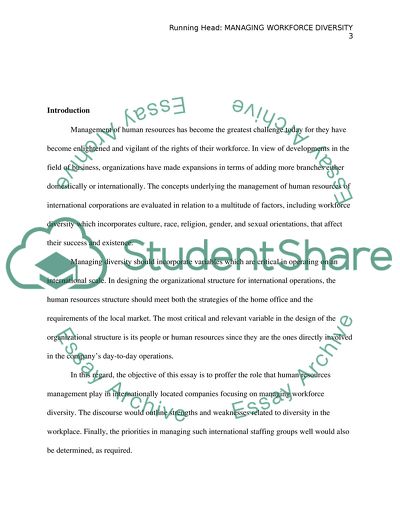Cite this document
(The Role Of HRM In Managing Workforce Diversity Essay, n.d.)
The Role Of HRM In Managing Workforce Diversity Essay. https://studentshare.org/human-resources/1565271-hrm-practitioners
The Role Of HRM In Managing Workforce Diversity Essay. https://studentshare.org/human-resources/1565271-hrm-practitioners
(The Role Of HRM In Managing Workforce Diversity Essay)
The Role Of HRM In Managing Workforce Diversity Essay. https://studentshare.org/human-resources/1565271-hrm-practitioners.
The Role Of HRM In Managing Workforce Diversity Essay. https://studentshare.org/human-resources/1565271-hrm-practitioners.
“The Role Of HRM In Managing Workforce Diversity Essay”. https://studentshare.org/human-resources/1565271-hrm-practitioners.


